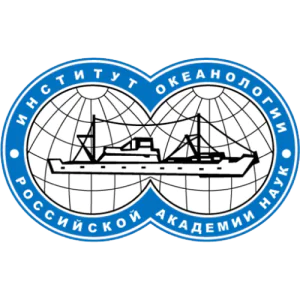
Deep Convolutional Neural Networks Capabilities for Binary Classification of Polar Mesocyclones in Satellite Mosaics
Polar mesocyclones (MCs) are small marine atmospheric vortices. The class of intense MCs, called polar lows, are accompanied by extremely strong surface winds and heat fluxes and thus largely influencing deep ocean water formation in the polar regions. Accurate detection of polar mesocyclones in high-resolution satellite data, while challenging, is a time-consuming task, when performed manually. Existing algorithms for the automatic detection of polar mesocyclones are based on the conventional analysis of patterns of cloudiness and they involve different empirically defined thresholds of geophysical variables. As a result, various detection methods typically reveal very different results when applied to a single dataset. We develop a conceptually novel approach for the detection of MCs based on the use of deep convolutional neural networks (DCNNs). As a first step, we demonstrate that DCNN model is capable of performing binary classification of 500 × 500 km patches of satellite images regarding MC patterns presence in it. The training dataset is based on the reference database of MCs manually tracked in the Southern Hemisphere from satellite mosaics. We use a subset of this database with MC diameters falling in the range of 200–400 km. This dataset is further used for testing several different DCNN setups, specifically, DCNN built “from scratch”, DCNN based on VGG16 pre-trained weights also engaging the Transfer Learning technique, and DCNN based on VGG16 with Fine Tuning technique. Each of these networks is further applied to both infrared (IR) and a combination of infrared and water vapor (IR + WV) satellite imagery. The best skills (97% in terms of the binary classification accuracy score) is achieved with the model that averages the estimates of the ensemble of different DCNNs. The algorithm can be further extended to the automatic identification and tracking numerical scheme and applied to other atmospheric phenomena that are characterized by a distinct signature in satellite imagery.
Top-30
Journals
|
1
2
3
4
5
|
|
|
Atmosphere
5 publications, 25%
|
|
|
Moscow University Physics Bulletin (English Translation of Vestnik Moskovskogo Universiteta, Fizika)
2 publications, 10%
|
|
|
International journal of computer assisted radiology and surgery
1 publication, 5%
|
|
|
IOP Conference Series: Earth and Environmental Science
1 publication, 5%
|
|
|
IEEE Transactions on Geoscience and Remote Sensing
1 publication, 5%
|
|
|
Strategic Management Journal
1 publication, 5%
|
|
|
Tellus A: Dynamic Meteorology and Oceanography
1 publication, 5%
|
|
|
Springer Geology
1 publication, 5%
|
|
|
Frontiers in Earth Science
1 publication, 5%
|
|
|
Cybernetics and Systems Analysis
1 publication, 5%
|
|
|
International Journal of Remote Sensing
1 publication, 5%
|
|
|
Quarterly Journal of the Royal Meteorological Society
1 publication, 5%
|
|
|
Thermal Science and Engineering Progress
1 publication, 5%
|
|
|
1
2
3
4
5
|
Publishers
|
1
2
3
4
5
|
|
|
MDPI
5 publications, 25%
|
|
|
Springer Nature
3 publications, 15%
|
|
|
Institute of Electrical and Electronics Engineers (IEEE)
3 publications, 15%
|
|
|
Wiley
2 publications, 10%
|
|
|
IOP Publishing
1 publication, 5%
|
|
|
Stockholm University Press
1 publication, 5%
|
|
|
Allerton Press
1 publication, 5%
|
|
|
Frontiers Media S.A.
1 publication, 5%
|
|
|
Taylor & Francis
1 publication, 5%
|
|
|
Elsevier
1 publication, 5%
|
|
|
Pleiades Publishing
1 publication, 5%
|
|
|
1
2
3
4
5
|
- We do not take into account publications without a DOI.
- Statistics recalculated weekly.














